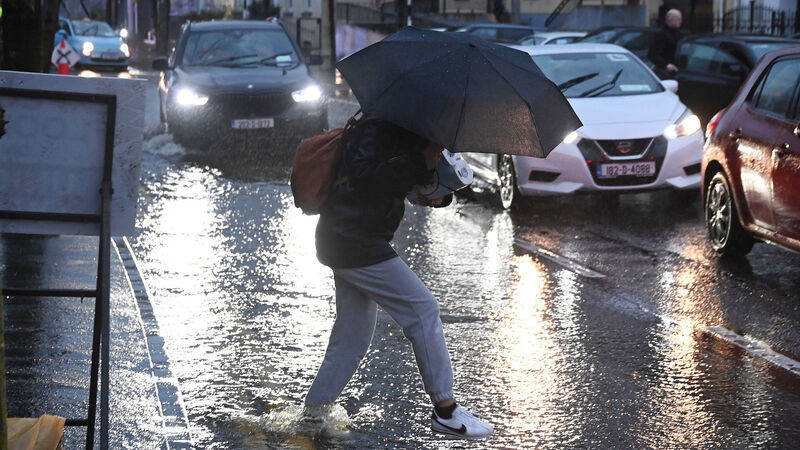Sydney's Changing Southerly Busters: A Climate Change Conundrum?
The southerly buster, a powerful wind that can dramatically alter Sydney's weather in minutes, has long been a defining feature of the city's climate. Known affectionately as the “genie of Sydney,” this meteorological phenomenon can bring relief from scorching heatwaves or, conversely, fuel devastating bushfires. However, a recent study reveals a concerning shift in the behavior of these iconic winds, raising crucial questions about the impact of climate change on Sydney's weather patterns.
The Weakening Genie: Fewer Powerful Busters, More Frequent Weaker Ones
Dr. Milton Speer, a meteorology expert from the University of Technology Sydney, and his colleagues have uncovered a significant change in the frequency and intensity of Sydney's southerly busters over the past 25 years. Their research, published recently, indicates a dramatic increase in the number of weaker busters while the number of powerful, “severe” busters has declined. The summers between 2018 and 2021, for instance, saw an unprecedented surge in weaker busters, with their numbers jumping from approximately four or five per year to the mid-teens. This contrasts sharply with the period before 1995, when powerful busters, capable of slashing temperatures by 20 degrees within an hour, were the norm.
Defining a Southerly Buster
For a weather event to be officially classified as a southerly buster, specific criteria must be met. According to the Bureau of Meteorology, north-blowing gusts must exceed 54 kilometers per hour (15 meters per second), and the temperature must plummet by at least 5 degrees Celsius over a three-hour period. Severe busters, the kind Sydney experienced frequently before 1995, exhibit even more extreme characteristics, boasting winds of at least 74 km/h. These powerful blasts weren't unusual; Sydney often experienced two to five severe busters annually since the 1970s.
The Impact of Climate Change: Shifting Winds and Persistent Warmth
A significant factor contributing to the alteration in southerly buster behavior is climate change. The research highlights the contraction and acceleration of the westerly wind belt circling Antarctica, impacting the frequency and intensity of cold air blasts reaching Australia. Dr. Speer explains that the increasingly fast winds prevent strong cold fronts from reaching southern Australia, leading to a persistence of warm air masses further south than usual. This, in turn, reduces the temperature contrast necessary for the formation of powerful southerly busters.
A Change in the Weather's Dynamic
The change is not merely a statistical anomaly; it signifies a fundamental shift in the dynamics of Sydney's weather system. While the weaker busters might not seem as dramatic, they still present significant risks. They can catch boaters off guard, unexpectedly reignite bushfires, and disrupt aviation. The shift from north-westerlies to southerlies can transform long fire flanks into dangerous, extensive fronts. Thus, even the weakened busters still pose considerable challenges, highlighting the necessity of preparedness and adaptation.
The Future of Sydney's Southerly Busters: A Call for Adaptation
The findings underscore the far-reaching consequences of climate change on even seemingly localized weather phenomena. The weakening of Sydney's southerly busters is not just a meteorological curiosity; it's a symptom of a larger environmental shift with significant implications for the city and its residents. The research serves as a stark reminder that climate change is not a distant threat but a present reality, demanding adaptation and mitigation strategies to minimize its impacts. It's a challenge that requires collaborative efforts from scientists, policymakers, and the community to prepare for the evolving nature of Sydney's weather patterns and ensure the safety and well-being of its residents. The alteration in the frequency and intensity of southerly busters underscores the urgent need for comprehensive climate action to safeguard the future of our environment.
The study's findings are a stark reminder of the pervasive effects of climate change, extending even to seemingly localized weather phenomena. These changes necessitate a renewed focus on preparedness and adaptation strategies to mitigate the risks associated with altered weather patterns. The research serves as a compelling call to action, emphasizing the urgent need for global cooperation in addressing the climate crisis.
















